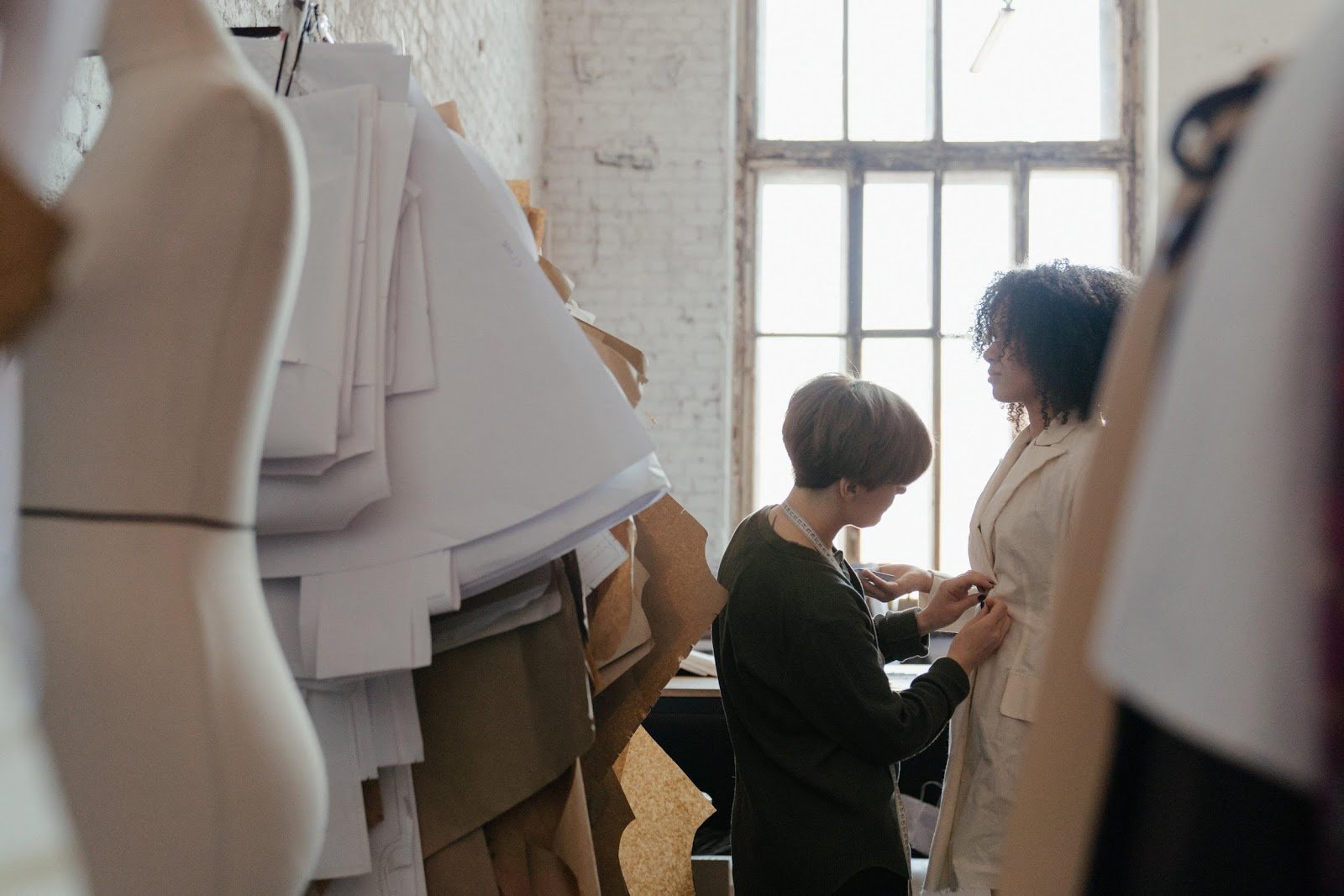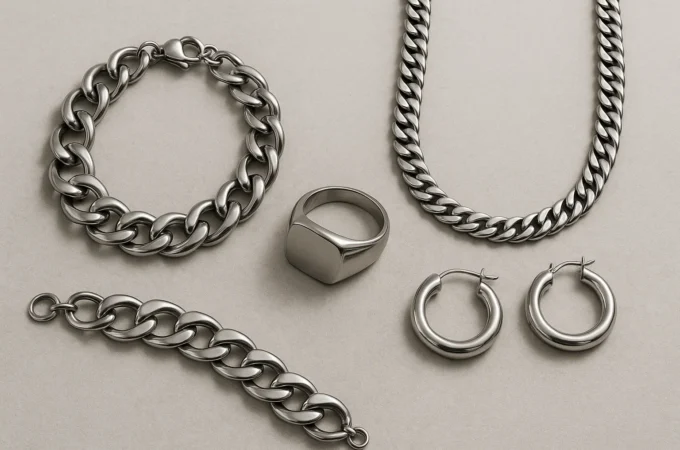
8 Things Successful Fashion Designers Don’t Do
Fashion design can be an incredibly lucrative career path for passionate, creative individuals. Achieving success as a fashion designer requires equal parts creativity and business management skills.
Besides having good taste in styles and the ability to identify trends in a market that changes very quickly, turning a hobby or passion into a business requires specialization, planning, well-defined goals, and a considerable dose of hard work and patience.
To begin on your path toward becoming a successful fashion designer, here are eight things you must avoid:
1. Following the Pack
Individuality is key for fashion designers. To be noticed in this business, your designs need to be different for them to stand out in a saturated market.
The best designers are unique; they specialize in a niche, work with a particular material, or think in new, innovative ways. If you remain true to your creative vision, your work will be recognized within the fashion industry. The best designers don’t follow the pack; they innovate and create their own recognizable style.
2. Neglecting Education
As trends change very quickly in this industry, you need to be a perpetual student and be able to reinvent yourself and seek knowledge beyond your academic degree.
In a recent Cosmopolitan article, famous designers claim that while fashion schools prepare you for the fashion world in a broad manner, you will need to seek specialization to stand out in the industry. Some designers specialize in areas such as fashion illustration or CAD programs (design sketches).

3. Having a One Track Mind
Growth opportunities are everywhere, so don’t limit yourself. Finding a niche doesn’t mean limiting your vision or your creativity.
Start by choosing themes and styles that suit you, as it is easier to stand out with something personally significant. Then, look for different inspirations and experiment with other techniques outside of your specialty. The most successful designers generally break the rules.
It’s also important to choose something that you identify with. There’s no point in copying a booming trend if you don’t believe in it. Inspiration comes from creativity, but also the heart.
4. Forgetting the Business Side of Things
Fashion design sometimes begins as a side passion, but it can turn into a full-fledged business if you want it to. Many people are surprised to find that, in addition to creativity, it’s also essential to learn how to run a small business. At some point, you will need to deal with taxes, marketing, advertising, and management.
Getting to know the basics of business administration is essential and can make or break your career. Consider taking some classes or consulting with other designers about how they handle their businesses.
5. Thinking You Can Do It Alone
In the beginning, fashion design is a lonely experience—essentially, it involves you with only your imagination and your sketches. It’s impossible to do everything by yourself once you start working, though.
Seek help from those who you admire. Look for a mentor—professionals who have already walked the path you are on and can provide valuable tips to those just starting in the industry. You can also take on an internship to gain valuable real-world experience. Be sure to collaborate with others frequently to learn more about your industry and your own work.
If you are overwhelmed with the business side of your work, consider outsourcing the time-consuming tasks, such as bookkeeping and digital ad campaigns. An accounting firm or a fashion marketing agency, among other outsourced help, can ease these stresses of running your business.
6. Being Impatient
Patience is a virtue, and in a competitive market such as fashion, this adage is even more true. Fashion designers need time to build their name in the industry, and for some people, this may take longer than it does for their counterparts.
Don’t be discouraged if you have yet to achieve the same recognition of your mentor or a colleague. Everyone’s journey is different; don’t compare your success to others, and don’t put too much pressure on yourself.
It’s essential to evaluate your career options and set goals for what you hope to accomplish. Be sure to define your goals: it doesn’t serve you to expect overnight success. Setting realistic initial objectives—and overcoming them—is the best way to develop personally and professionally.

7. Forgetting to Keep a Journal
Keeping a journal is an incredibly important asset that will help you achieve success in the fashion industry. The most successful designers all have this in common—they document their ideas by writing them out. Make sure you have a dedicated place in which to write down your ideas or thoughts regularly.
In addition to allowing you to document your ideas and work through your thoughts, this journal will serve to capture fleeting moments of inspiration and as a place for you to sketch designs. It can even provide you with a space in which to store samples of fabrics and materials.
8. Underestimating Details
Many people underestimate the work that goes into fashion design projects. Some projects can be incredibly complex, so make sure you pre-plan by considering all the little details beforehand. Ask yourself questions about budget, materials, the time you will need to complete the project, how confident you feel about it, etc.
Fashion Design is Not All Glitz and Glamour
Many people dream of having a successful career creating desirable clothing and accessories. Becoming a fashion designer requires creativity and artistic skill, and the ability to communicate effectively and manage a business.
Fashion Design is a competitive career path that changes very quickly. What is trending today may be wholly unpopular tomorrow (keep this in mind when presenting your portfolio in a job interview). While fashion design can be challenging, it is also a gratifying career for those with the drive and creative vision.




